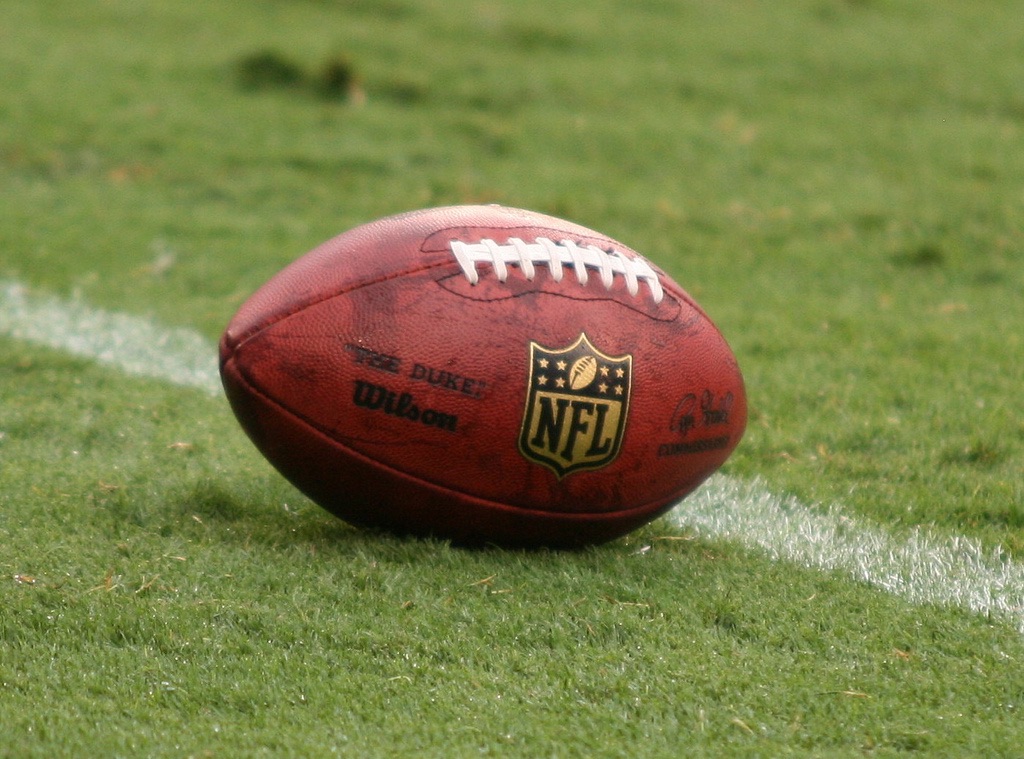It was not the best of offseasons for the National Football League, with issues like concussions and Deflategate dominating the headlines. But the league is still an economic powerhouse, with the 2015 season expected to generate league revenues of $12 billion.
NFL revenues from sponsors are expected to rise some 15 percent to $1.3 billion, and television ratings continue to be solid. Is the league immune to criticism? Seems to be, as fans keep on watching broadcast (expect a huge audience for tonight’s debut) and paying to attend games. From the Wall Street Journal:
Rich Foster, vice president of marketing for Nationwide Mutual Insurance Co., said its NFL sponsorship was among its most successful ever last year, the first year of its deal, despite all the controversies, and it will expand the campaign this year.
“There is the news cycle and then there is the underlying business of a game fans love and the teams they love,” said Brian Rolapp, the NFL’s executive vice president for media. “I have seen no drop-off in the latter.”…
In addition to new sponsorship deals with companies as varied as Dannon Co., Adidas AG and Hyundai Motor Co., the league’s new deal with satellite television provider DirecTV begins this season with an annual average increase of $500 million, or 50%. The NFL also signed new deals with YouTube, Twitter and Yahoo, and the NFL’s long-term media deals with CBS, NBC, ESPN and Fox, worth roughly $30 billion through 2022, include annual increases that which will further boost revenue.
To say that the NFL is a television powerhouse is an understatement. The first nationally televised game of the season — the August Hall of Fame game — attracted 11 million viewers. More people watched a very meaningless exhibition between the Minnesota Vikings and the Pittsburgh Steelers than watched the Major League Baseball All-Star Game in July.

